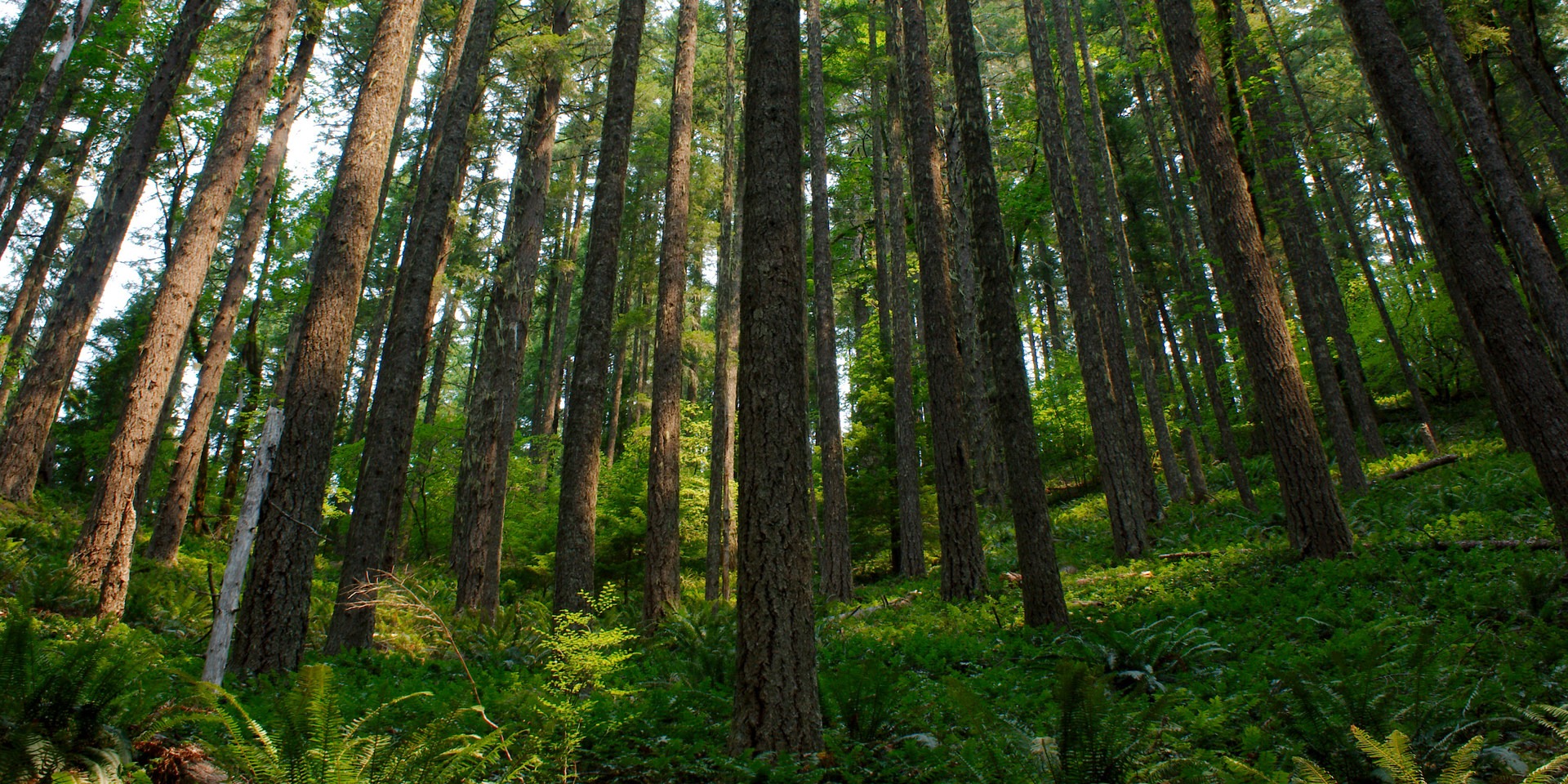The Menagerie Wilderness may not be a well-known forest, and at just 5,000 acres in size it is definitely on the small side of protected wilderness in our state, but those are just some of the things that make it unique and worth a visit. A century ago, the forest was destroyed by a stand replacing fire. The area has not been logged or planted since then, giving visitors a unique view of natural regeneration that is undisturbed by human impact. In 1984, the Oregon Wilderness Act defined the Menagerie Wilderness, extending to the area all of the protections that a wilderness area enjoys.
The young growth in the forest may not mean you'll see trees with a thick diameter, but the trees still tower high above you to create a quintessential Western Oregon forest. Additionally, the spacing between the trees allows for sunlight to shine through and illuminate the forest, creating a robust understory.
The hike itself is a there-and-back, with about 4 miles of steady ascent. You know you are getting close to the top when the madrones start to become immersed in the Douglas firs you've been seeing the whole way up. Just shy of the top stands the andesite and basalt pillar known as Rooster Rock (not to be confused with its namesake in the Columbia River Gorge). The tower actually lends itself to some rock climbing, the only climbing in a fairly significant radius, but most climbers take a less uphill approach from the north end that is closed seasonally from January 15 through July 31 for species management. Some hundred yards uphill past Rooster Rock sits a vista point that looks out over the South Santiam canyon, and, on a clear day, the Three Sisters peek above the hills.
After you've enjoyed some rest and you've soaked up the scenery, its time for the descent. Now that the uphill battle has been fought, one starts to notice the finesse of the forest, including Indian pipe, dragonflies, centipedes, wild berries, and perhaps a spotted owl or hairy woodpecker. All in all, the hike will leave you with a sense of accomplishment, and it is a great way to escape into a serene and uncrowded natural area.




















Comments
Sign In and share them.